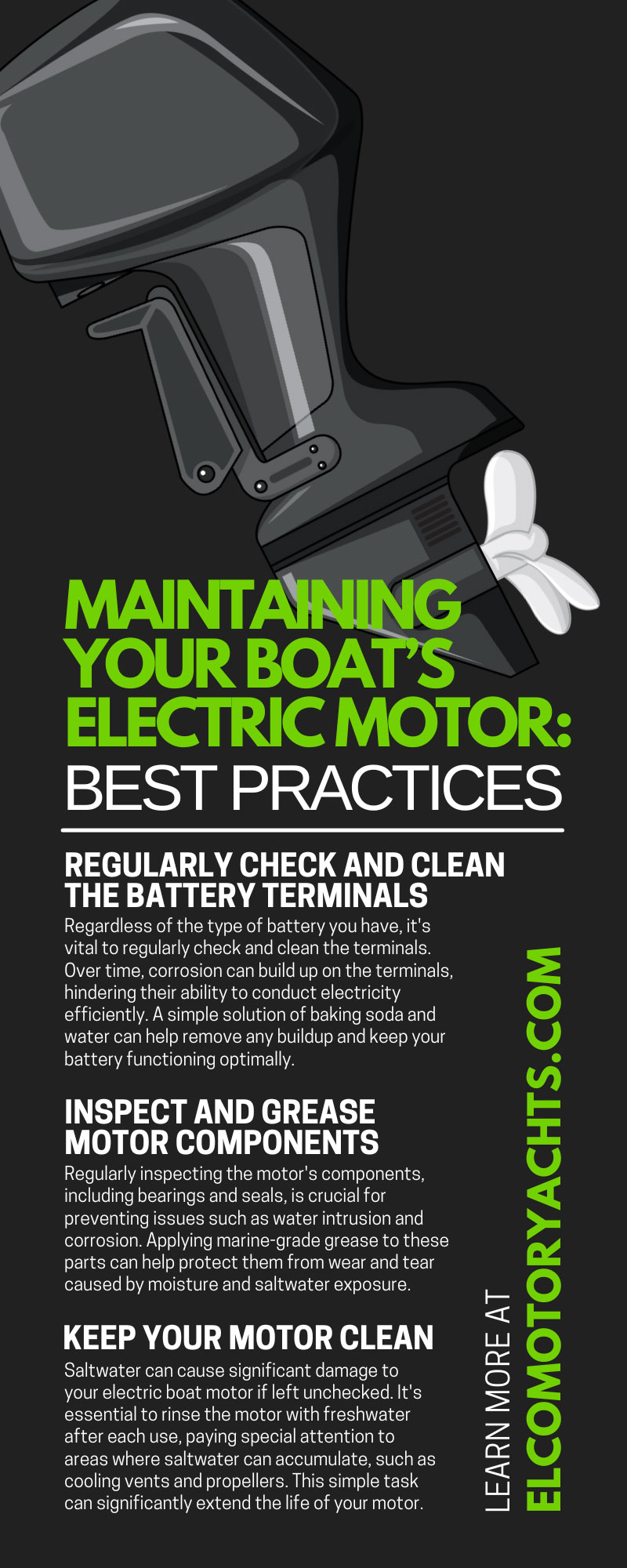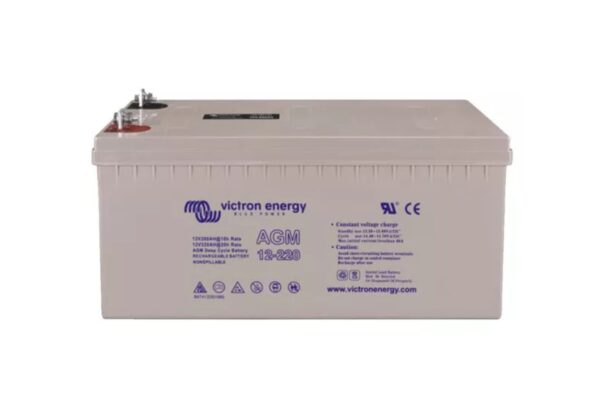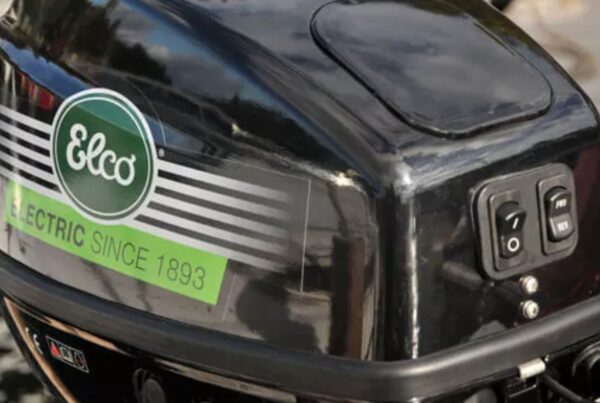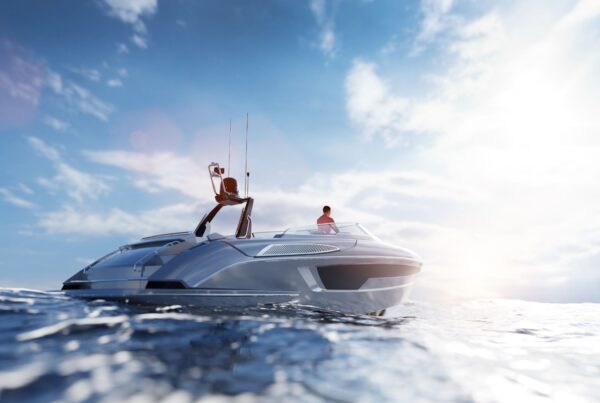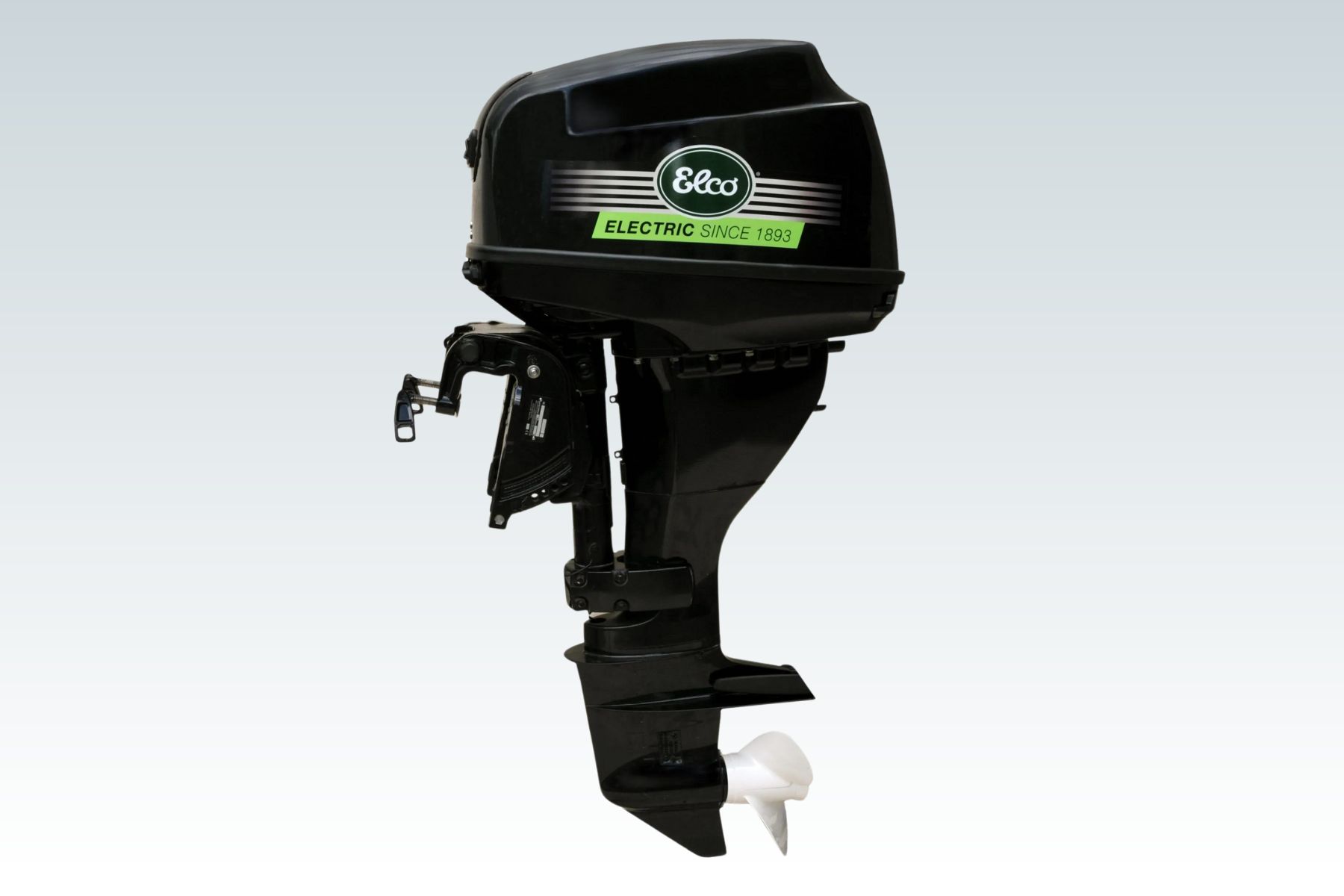
Electric outboard boat motors are eco-friendly, quiet, and reliable. But always remember to maintain your boat’s electric motor with these seven best practices, so you can enjoy your electric outboard motor for years to come.
Using these tips not only enhances your boating experience but also ensures that your boat continues to stay in tip-top condition.
The Benefits of Electric Boat Motors
Before we get into maintaining your electric boat motor, review the significant advantages these motors offer. Primary among them is the absence of harmful emissions. Unlike their gasoline-powered counterparts, electric motors produce zero exhaust emissions, making them an eco-friendly option for boating enthusiasts. The significantly reduced environmental impact of these motors is important at a time when the world is grappling with climate change and seeking sustainable alternatives in every aspect of life.
Another notable benefit of electric boat motors is how quietly they run. Along with air and water pollution, noise pollution negatively affects the environment and boaters’ enjoyment while out on the water. The low noise levels provide a more peaceful and serene atmosphere on the water.
Furthermore, electric motors have fewer moving parts, translating to lower maintenance requirements. However, it’s important to remember that low maintenance doesn’t mean no maintenance. Regular upkeep is still necessary to ensure the motor’s longevity and optimal performance. Check out these seven best practices for maintaining your electric outboard motor.
Know What Type of Battery You Have
Electric boat motors may be powered by one of three main types of batteries. In order to properly maintain your motor, the first best practice to follow in our list is a rudimentary one: you need to be familiar with the type of battery that runs it.
Lead Acid Batteries
Lead acid batteries are a traditional choice for boat motors because they’re quite affordable. They operate through a chemical reaction between lead plates and sulfuric acid, providing a reliable power source.
Maintaining lead acid batteries includes frequent topping up with distilled water to prevent drying out. Furthermore, lead acid batteries can be quite heavy, and their life span is typically shorter than other battery types.
Absorbent Glass Mat (AGM) Batteries
AGM batteries are lead acid batteries that are sealed, so they don’t require topping-off. They feature a glass mat separator that absorbs the electrolyte, which provides protection against spills and enhances the battery’s durability. AGM batteries offer an extended life span and are capable of deep discharges without significant capacity loss. On the downside, they are more expensive than traditional lead acid batteries.
Lithium Iron Phosphate Boat Batteries
Lithium iron phosphate batteries for electric boats are compact and lightweight, yet can deliver a high-power output, surpassing many other types of electric boat batteries now available on the market. Not only do lithium iron phosphate batteries embody efficiency, but they also last longer; they’re capable of enduring numerous charge and discharge cycles without considerable loss of capacity. This durability makes them a cost-effective investment over time, notwithstanding their initially higher cost.
As for maintenance, make sure you use the correct charger! Lithium iron phosphate batteries need a specialized charger compatible with lithium technology. Elco Motor Yachts supplies high-performance lithium iron phosphate electric outboard motor batteries and chargers as part of our commitment to sustainability and environmentally conscious boating.
Regularly Check and Clean the Battery Terminals
Regardless of the type of battery you have, it’s vital to regularly check and clean the terminals. Over time, corrosion can build up on the terminals, hindering their ability to conduct electricity efficiently. A simple solution of baking soda and water can help remove any buildup and keep your battery functioning optimally.
Inspect and Grease Motor Components
Regularly inspecting the motor’s components, including bearings and seals, is crucial for preventing issues such as water intrusion and corrosion. Applying marine-grade grease to these parts can help protect them from wear and tear caused by moisture and saltwater exposure.
Keep Your Motor Clean
Saltwater can cause significant damage to your electric boat motor if left unchecked. It’s essential to rinse the motor with freshwater after each use, paying special attention to areas where saltwater can accumulate, such as cooling vents and propellers. This simple task can significantly extend the life of your motor.
Inspect the Propeller
The propeller requires maintenance to function correctly. Inspect and clean the propeller regularly to remove any debris or marine growth that may have accumulated on its surface. This will prevent any performance issues and ensure smooth sailing.
Store Your Motor Properly
If you use your boat in a cold climate with a short boating season, proper winter storage helps maintain your electric boat motor’s longevity. Select a storage facility that will keep your boat and its motor dry and secure. Or if you wrap your boat for outdoor storage, make sure the motor is clean and dry before you cover it.
Monitor the Battery Levels and Store With Care
Avoid completely draining the battery because this can significantly reduce its life span. Recharge the battery after every use and store it in a cool, dry place when not in use.
Utilizing a smart charger is the most ideal situation for maintaining your battery. Smart chargers are equipped with intelligent charging technology, able to detect when the battery is fully charged and then automatically switching to a maintenance or “float” mode to keep it optimally charged without overcharging it.
However, if you don’t possess a smart charger, make sure to not overcharge the battery, as this can lead to a shorter life span. Once the battery is fully charged, disconnect it from the charger and avoid leaving it plugged in for extended periods. This will help maintain the battery’s health and prevent any potential safety hazards.
If you plan on storing your boat for an extended period, fully charge the battery and disconnect it from the motor before you put your boat and its motor in storage for the winter. Check on the battery periodically and recharge it if necessary to prevent any potential damage or loss of capacity.
Trickle chargers are especially useful for boats that are left idle for extended periods, as they prevent the battery from completely discharging and thus, help in extending the battery’s life.
Maintaining your boat’s electric motor significantly enhances its performance and extends its life. A well-maintained, quiet, and emissions-free electric boat can provide a more pleasurable boating experience all while contributing to the environment.
